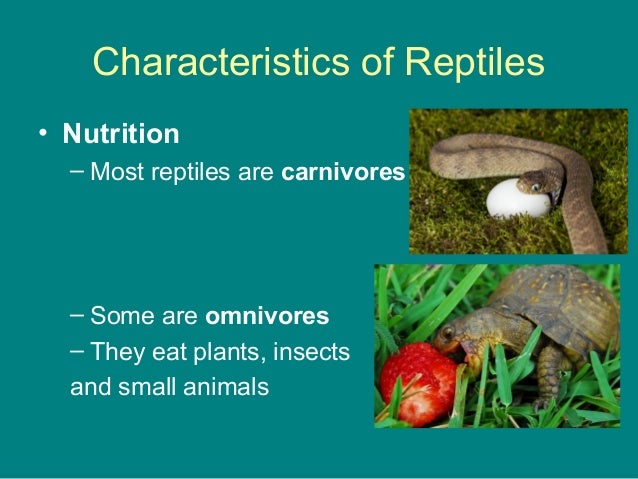How To show Your Reptiles And Amphibians From Zero To Hero
Reptiles, often regarded as cold-blooded animals, truly possess a surprising means to regulate their body temperature and maintain a constant inside surroundings. Whereas they don’t generate heat internally like mammals and birds, reptiles exhibit some characteristics of heat-blooded animals, permitting them to thrive in a variety of environments.
 The misconception that every one reptiles are chilly-blooded stems from their ectothermic nature, meaning they depend on external sources to regulate their physique temperature. This is in contrast to endothermic animals like mammals and lizard pet at home birds, which generate heat internally by way of metabolic processes. Nevertheless, current analysis has shown that some reptiles exhibit behaviors and physiological mechanisms that mimic heat-blooded animals.
The misconception that every one reptiles are chilly-blooded stems from their ectothermic nature, meaning they depend on external sources to regulate their physique temperature. This is in contrast to endothermic animals like mammals and lizard pet at home birds, which generate heat internally by way of metabolic processes. Nevertheless, current analysis has shown that some reptiles exhibit behaviors and physiological mechanisms that mimic heat-blooded animals.
One such instance is the leatherback sea turtle (Dermochelys coriacea), which is considered one of the largest residing species of turtle. Present in tropical and temperate oceans, leatherback sea turtles possess a unique adaptation that helps them maintain a higher body temperature than their surroundings. These turtles have a modified circulatory system that allows them to retain heat of their core whereas cooling their extremities, a mechanism similar to that of warm-blooded animals.
Another instance of a reptile with heat-blooded characteristics is the leatherback sea turtle, which has been shown to regulate its body temperature by behavioral thermoregulation. By basking in the solar or looking for out warm environments, leatherback sea turtles can raise their body temperature and improve their metabolic charge, permitting them to stay energetic in colder waters.
Along with the leatherback sea turtle, sure species of snakes, such because the ball python (Python regius), have been discovered to exhibit behaviors indicative of warm-blooded animals. Ball pythons have been noticed to shiver in response to cold temperatures, a habits not typically seen in cold-blooded animals. This shivering helps increase their physique temperature and maintain metabolic processes, similar to how warm-blooded animals generate heat by means of shivering.
It will be significant to note that not all reptiles exhibit warm-blooded traits, exotic pet kingdom and lots of species remain strictly ectothermic. However, the growing physique of analysis on reptiles body temperature with warm-blooded traits challenges traditional views of those animals and sheds light on the numerous methods by which reptiles have tailored to their environments.
In conclusion, while reptiles are historically categorised as chilly-blooded animals, recent research has revealed that some species exhibit behaviors and physiological mechanisms that mimic heat-blooded animals. These adaptations permit pet reptiles and amphibians to regulate their body temperature and thrive in a variety of environments, challenging our understanding of those fascinating creatures. Additional research are needed to fully understand the extent of warm-blooded characteristics in reptiles and their implications for their ecology and evolution.
Leave a comment